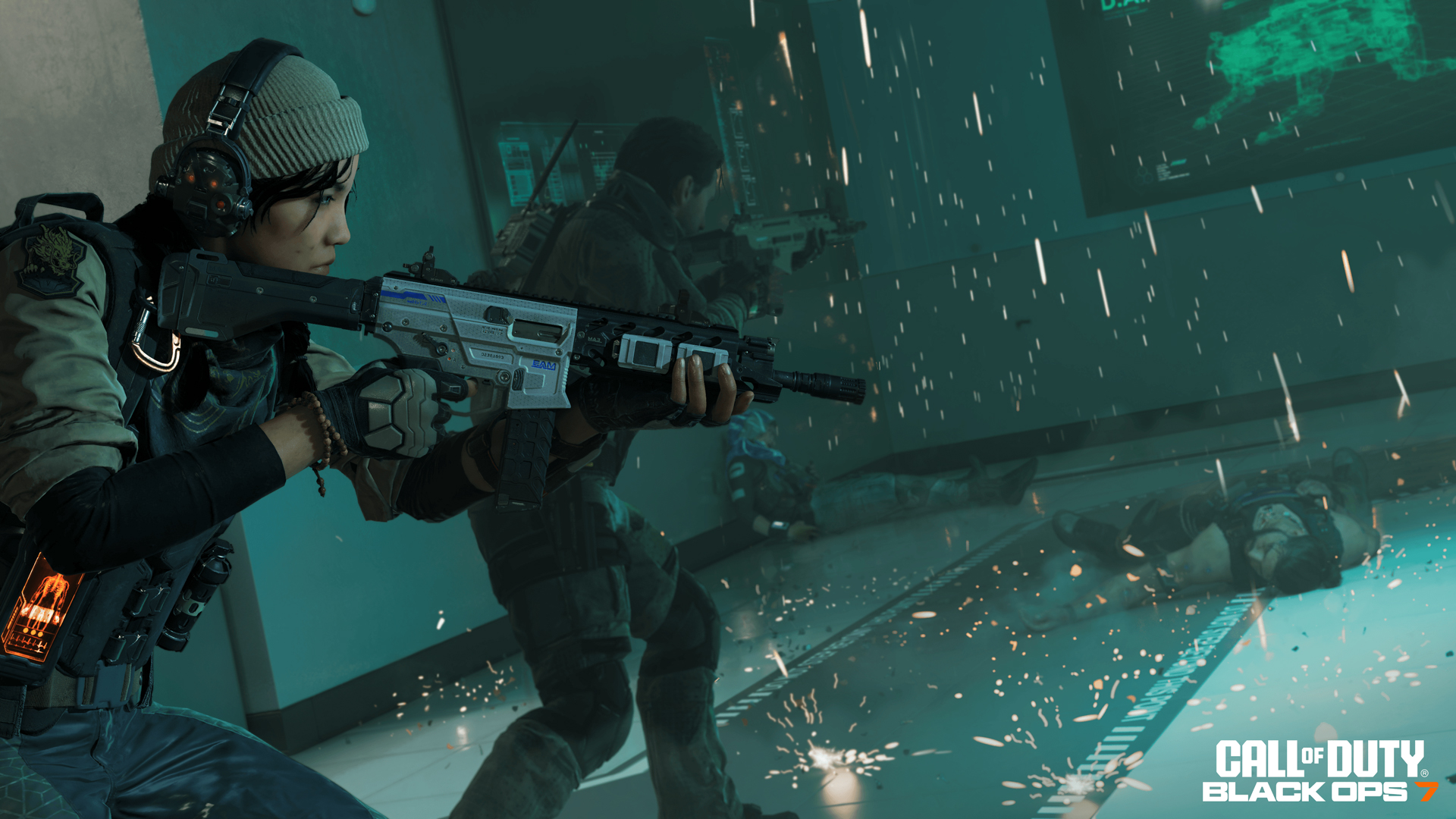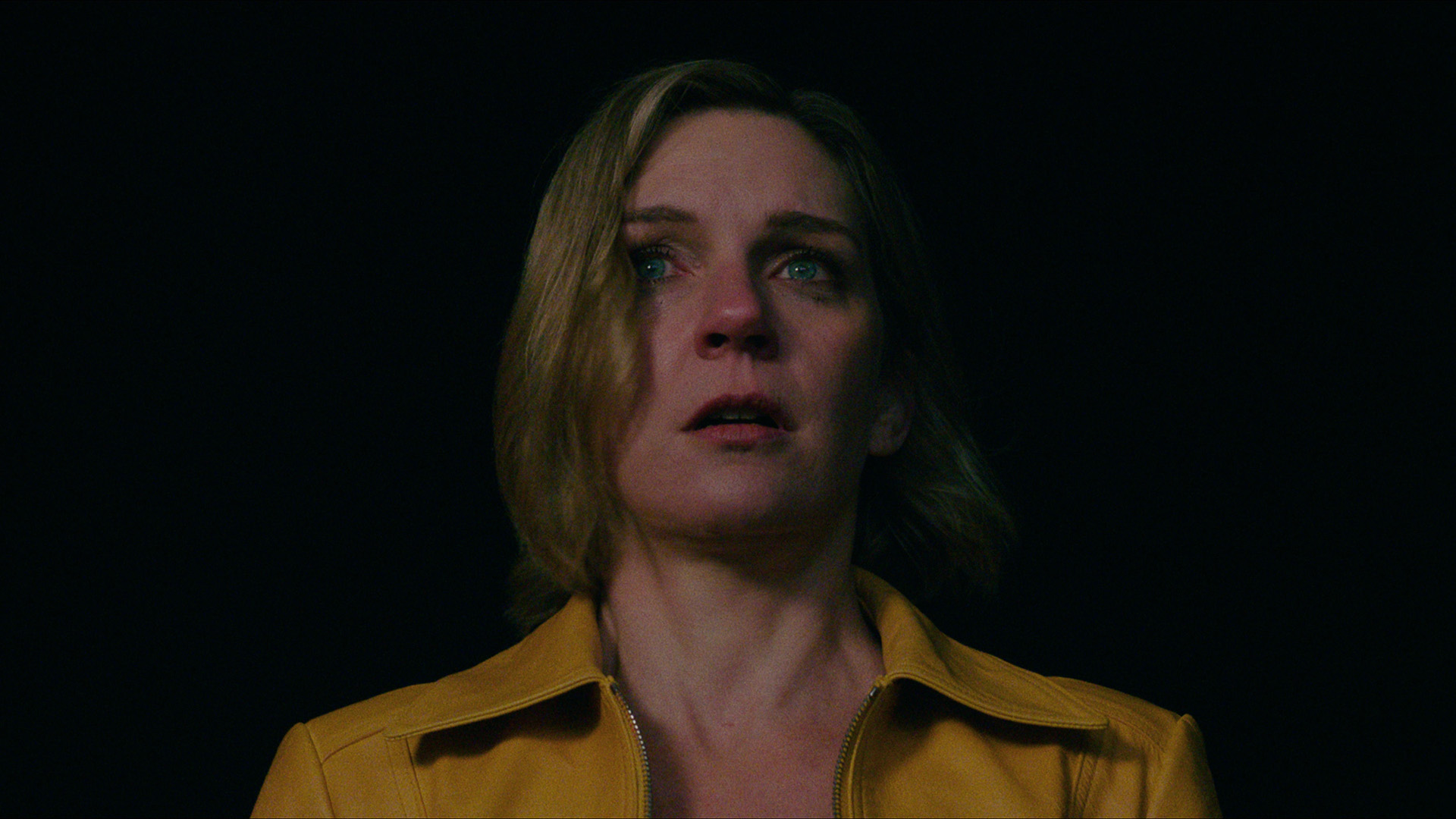Call of Duty: Black Ops 7 devs say that you can blame the Black Ops timeline for the wall jump not being a wall run: “Black Ops 2 really gave us a foundation for the technology available”
Black Ops 7 may be set in 2035, but Treyarch put some hard limits in place around how futuristic it could make this Call of Duty

If you've been playing the Black Ops 7 beta, you've probably noticed a couple of key changes to Omnimovement. The advanced movement system was introduced in Black Ops 6, affording you the opportunity to sprint, dive, and slide in any direction. Developer Treyarch has made some key tweaks for the 2025 instalment, improving base movement speed at the cost of Tac-Sprint and removing the ability to ADS while jumping and sliding by default (these systems are now activated as Perks).
Outside of changes, Treyarch has introduced one primary enhanced movement ability in Black Ops 7: the wall jump. You can now kick off from vertical surfaces, chaining up-to three jumps in sequence. Some of you may be wondering why this wall jump isn't a wall run. Well, associate creative director Miles Leslie tells me that you can blame Black Ops 2 and Black Ops 3 for that.
"When we started development of Black Ops 7, we knew we wanted to pick up threads from Black Ops 2. Since we knew we were going back into that timeline, Black Ops 2 really gave us a foundation for the technology available."
Black Ops 7 is set in 2035. That leaves it sandwiched between Black Ops 2 (2025) and Black Ops 3 (2065). As a result, Treyarch says it had clear boundaries when it started to consider how to push Omnimovement.
"We are really precious to our own canon, we have to respect that. So that meant we couldn't have Thrust Jump, because the tech didn't exist in 2035," Leslie says. "Wall running made sense when we were further in the future but, with our return to the Black Ops 2 era, that world just didn't have that sort of technology so it made sense not to do it."

Wall Jump does introduce a degree of verticality that wasn't present in Black Ops 6. Chaining movement unlocks new ways to traverse a map, not to mention open up alternative flanking routes – particularly handy in objective-based multiplayer games like Domination and Hardpoint.
Still, Leslie says that Treyarch has taken some key learnings from the advanced movement systems of Black Ops 3 as it considered the impact of the modest Wall Jump In Black Ops 7. "You can get so much higher now with the Wall Jump, so we took a lot of learnings from everything we did on Black Ops 3 – it was really important that we kept the combat in-frame," he says, noting the loss in inertia between each chained jump, which not only helps maintain some degree of momentum balance but also quickly brings combat back to ground level.
Weekly digests, tales from the communities you love, and more
Dive deep into this year's Call of Duty with our Big Preview of Black Ops 7. To start, read our interviews with Treyarch to learn how the studio is trying to redefine what Call of Duty can be.

Josh West is the Editor-in-Chief of GamesRadar+. He has over 15 years experience in online and print journalism, and holds a BA (Hons) in Journalism and Feature Writing. Prior to starting his current position, Josh has served as GR+'s Features Editor and Deputy Editor of games™ magazine, and has freelanced for numerous publications including 3D Artist, Edge magazine, iCreate, Metal Hammer, Play, Retro Gamer, and SFX. Additionally, he has appeared on the BBC and ITV to provide expert comment, written for Scholastic books, edited a book for Hachette, and worked as the Assistant Producer of the Future Games Show. In his spare time, Josh likes to play bass guitar and video games. Years ago, he was in a few movies and TV shows that you've definitely seen but will never be able to spot him in.
You must confirm your public display name before commenting
Please logout and then login again, you will then be prompted to enter your display name.


